Tiny veggie confetti
From neutral to spicy, bursting in fragrance, and as beautiful as a painting on a plate.
Henriette Lamprecht – Since their introduction to the Californian restaurant scene in the 1980s, it has turned many a plate into a colourful, nutritious work of art. Microgreens, tiny edible baby plants, are seeds of vegetables and herbs - harvested in roughly 14 days since the seeds sprouted and turned into a pair of true leaves.
It is very trendy in many restaurants and urban farming but can also be harvested and used at home.
“It is beautiful, flavourful, and nutritious with many health benefits,” explains Lientjie Barnard of NewLife MicroGreens, located in Outjo.
Also aptly described as tiny vegetable confetti, microgreens are rich in different tastes, ensuring a burst of fragrance and adding flavour to various dishes.
“It is a perfect substitute for boring veggies, especially for children who struggle to finish their vegetables.”
Apart from looking pretty on a plate, it is a flavourful addition to your diet, says Lientjie.
“It’s very dense in nutrients like vitamins, minerals, and oxidants, much more than what would ordinarily be in fully-grown or mature vegetables. Because it is so dense, it is like a superfood. You are quickly sated - less is more.”
Studies found microgreens overall have 40% more nutritional value than mature beetroot, carrots, and cauliflower, to name a few.
Tastes vary from neutral to spicy, sometimes bitter, while others have no taste at all.
“Some have a strong, concentrated taste. Radish tastes like radish, while beetroot tastes like beetroot. One very healthy variety is alfalfa which is good for cholesterol. It's relatively tasteless, although tasting a bit like grass. People normally use it in smoothies.”
Because of its nutritional value, it is beneficial in the protection against ailments like heart disease, diabetes, and cancer.
“It contains vital minerals which can protect us against diseases and of course has many anti-oxidants which can, amongst others, lessen the probability of memory-related diseases such as Alzheimer’s.”
But it is so much more than a boost to your immunity and your taste buds, says Lientjie.
From personal experience, she can relate how microgreens and the cultivating and harvesting process also had a huge positive impact on her mental health.
“I went through a very difficult time. The mere fact that it needed so much intensive attention made me feel like I had something to live for again. You must look after the plants twice a day while paying very close attention and ‘reading’ them. It is time-consuming and I also wanted to do a lot of research, as it meant so much to me.”
As a beauty therapist, Lientjie also sells her microgreens to some of her clients who look amazing after including them in their regular diets.
“Their skin is practically glowing!”
She also experienced it with her own skin, with the microgreens boasting from potassium, copper, and zinc to magnesium and iron, which boosts all cells in the body, including the skin.
Normally, she prepares a simple salad that looks and tastes amazing, “you just feel different and special”.
Although microgreens are expensive, ultimately, it adds up to a lot less, says Lientjie, as it stays fresh for much longer than ‘normal’ vegetables.
The harvest times differ. Some should be harvested no later than day four, while something like radish is ready to be harvested in a week. Beetroot can take up to three weeks before it is ready.
Commercially, more than 80 seed varieties are available - differing from broccoli and cabbage to beetroot and cilantro. It can be divided into those that are mild-flavoured, like broccoli, kale, and alfalfa, to those that are spicy and which include crest, mustard, and radish. Herbs include anise, basil, dill, and fennel, while the shoots refer to foods like corn and sunflowers, lentils, and peas.
“From my experience, I’m not currently aware of any specific types of microgreens, but more than 87 varieties are available.”
The microgreens can be grown in containers, and Lientjie also has starter kits for people with limited space - perfect for your windowsill in your kitchen.
The tiny plants don’t favour direct sunlight or heat, and cultivation all depends on the soil medium, the quality of seed used, as well as airflow and lighting.
“It can be sown in bowls and containers, but not too deep because that makes harvesting tricky. I also see it grown in pots, but it is very important to keep the plants humid.”
People are definitely increasingly leaning towards healthy organic food, says Lientjie.
“Especially now, it makes much more sense to grow and harvest nutrient-dense food at home. It boils down to the importance of becoming more self-sustaining.”
With the Covid-19-pandemic leading to lockdowns and making some foods more difficult to come by, it became an issue of going back to the basics, she explains.
“People want to follow a healthier lifestyle and be closer to and more in touch with the earth.”
Lientjie admits microgreens are not yet as popular and well known in Namibia as they are in South Africa, but predicts this will change in the next ten years as people become aware and experience how much healthier an option it is.
In cities, the exposure is bigger with a better market than in rural areas.
“You have people who practice things like yoga and are open to it. Germans are also very in tune with living healthy lives.”
In Outjo, where her business is based, people look at the price of a container with microgreens and would rather buy wilted lettuce because it is cheaper, she admits.
“The product per gram works out expensive. A 100 gram-container works out to N$80. This includes eight to ten varieties most people are unaware of, therefore they don’t buy them. You will have to make people aware and educate them on the nutritional value and that you won’t finish everything in one go.”
The market for microgreens is definitely growing, however, and happening with people focusing on anything from teas to herbs and shakes.
“That is a bridge that has to be crossed – helping people realize to not look at the price of the product, but rather its nutritional value.”
Growing microgreens takes a lot of dedicated time, says Lientjie, and a weekend away is just a dream until the whole process is complete.
The easiest way to start your microgreens journey is to buy a starter kit and, from there, it is a question of “plant and error and repeat” or plant, water, grow, harvest, and enjoy!
The starter pack includes the trays, soil medium, and, of course, a sunny location like a windowsill. It is also important to further educate yourself - doing online courses or joining a group, she advises.
“Buy yourself a starter kit and do the research; you will soon realize if it is for you or not.”
The difficulty lies in the fact that growing microgreens is very time intensive. If you ‘forget’ about your plants for one day, you can lose your whole harvest.
Be sure to get good quality, non-genetically modified seed, says Lientjie, “the soil medium and the seeds are extremely important”.
She herself started by trial and error, soon realizing it is not the same as “watering a tree once a week!”
You must be home for two weeks to “look after them”, Lientjie warns.
Each microgreen plant undergoes the same type of crop cycle, which starts with planting the seeds within a designated tray. This step is followed by a blackout period during which the microgreens are left in a dark, humid environment to germinate. Next is the sunlight period, when the plant can begin to grow its first true leaves, finally ending with the harvest.
“It is basically five to seven days during which you need to watch them like babies! If it’s given too much water, it can cause mould, the same when there is not enough light. If it is too warm, the plants dry out or can develop a fungus and the whole batch must be thrown away. You also never water it from the top, but always at the bottom. It is time-consuming and involves intensive labour.”
Fans are also needed, as, without air, the chances for mould are bigger. That means 18 hours on, six hours off. The microgreens also can’t be under light for 24 hours as the plants would then grow faster. Trays should be cleaned thoroughly and must be sterile to prevent fungus. The soil medium should be mixed before planting starts, says Lientjie.
“Different mixes are available and you can be very creative and experiment with something like compost from earthworms. You can also add different types of feeding like plant food in your water, but this can maybe cause the plants to have a fishy taste. This is where learning and playing and what you like comes in.”
With every variety being different, technique is important, says Lientjie. One can be very creative, creating your own unique batch, but that also means you must know which of the seeds germinate simultaneously.
What makes it difficult to grow in Namibia is the availability of seeds.
“Namibia is a challenge. We don’t have the seeds or the local knowledge. South Africa has a huge variety of online shops available; you can just click and buy anything.”
For home use, she suggests learning, growing, and to keep on trying.
One of the latest trends amongst chefs is the demand for a peppery taste. In this case, the soil isn’t used as a growth medium in order to prevent the chances of a fungus developing.
“It is a very clean way of growing, with the medium being a mesh tray looking a lot like a sieve. It’s very trendy in America, but then you have to know your technique. As with everything, you have to start at the bottom and first be sure to get all the basics right first.”
As long as there is light, she doesn’t think it matters in which country you decide to grow your microgreens, says Lientjie.
“You can literally grow it any place on earth - as long as there is airflow, light, and water. It needs about a cup of water per tray twice a day. In the beginning, you use a mister, which has a very light spray. Everything is very dainty!” - [email protected]; Facebook: NewLife MicroGreens
*SELF-SUSTAINABILITY
*NUTRITION
It is very trendy in many restaurants and urban farming but can also be harvested and used at home.
“It is beautiful, flavourful, and nutritious with many health benefits,” explains Lientjie Barnard of NewLife MicroGreens, located in Outjo.
Also aptly described as tiny vegetable confetti, microgreens are rich in different tastes, ensuring a burst of fragrance and adding flavour to various dishes.
“It is a perfect substitute for boring veggies, especially for children who struggle to finish their vegetables.”
Apart from looking pretty on a plate, it is a flavourful addition to your diet, says Lientjie.
“It’s very dense in nutrients like vitamins, minerals, and oxidants, much more than what would ordinarily be in fully-grown or mature vegetables. Because it is so dense, it is like a superfood. You are quickly sated - less is more.”
Studies found microgreens overall have 40% more nutritional value than mature beetroot, carrots, and cauliflower, to name a few.
Tastes vary from neutral to spicy, sometimes bitter, while others have no taste at all.
“Some have a strong, concentrated taste. Radish tastes like radish, while beetroot tastes like beetroot. One very healthy variety is alfalfa which is good for cholesterol. It's relatively tasteless, although tasting a bit like grass. People normally use it in smoothies.”
Because of its nutritional value, it is beneficial in the protection against ailments like heart disease, diabetes, and cancer.
“It contains vital minerals which can protect us against diseases and of course has many anti-oxidants which can, amongst others, lessen the probability of memory-related diseases such as Alzheimer’s.”
But it is so much more than a boost to your immunity and your taste buds, says Lientjie.
From personal experience, she can relate how microgreens and the cultivating and harvesting process also had a huge positive impact on her mental health.
“I went through a very difficult time. The mere fact that it needed so much intensive attention made me feel like I had something to live for again. You must look after the plants twice a day while paying very close attention and ‘reading’ them. It is time-consuming and I also wanted to do a lot of research, as it meant so much to me.”
As a beauty therapist, Lientjie also sells her microgreens to some of her clients who look amazing after including them in their regular diets.
“Their skin is practically glowing!”
She also experienced it with her own skin, with the microgreens boasting from potassium, copper, and zinc to magnesium and iron, which boosts all cells in the body, including the skin.
Normally, she prepares a simple salad that looks and tastes amazing, “you just feel different and special”.
Although microgreens are expensive, ultimately, it adds up to a lot less, says Lientjie, as it stays fresh for much longer than ‘normal’ vegetables.
The harvest times differ. Some should be harvested no later than day four, while something like radish is ready to be harvested in a week. Beetroot can take up to three weeks before it is ready.
Commercially, more than 80 seed varieties are available - differing from broccoli and cabbage to beetroot and cilantro. It can be divided into those that are mild-flavoured, like broccoli, kale, and alfalfa, to those that are spicy and which include crest, mustard, and radish. Herbs include anise, basil, dill, and fennel, while the shoots refer to foods like corn and sunflowers, lentils, and peas.
“From my experience, I’m not currently aware of any specific types of microgreens, but more than 87 varieties are available.”
The microgreens can be grown in containers, and Lientjie also has starter kits for people with limited space - perfect for your windowsill in your kitchen.
The tiny plants don’t favour direct sunlight or heat, and cultivation all depends on the soil medium, the quality of seed used, as well as airflow and lighting.
“It can be sown in bowls and containers, but not too deep because that makes harvesting tricky. I also see it grown in pots, but it is very important to keep the plants humid.”
People are definitely increasingly leaning towards healthy organic food, says Lientjie.
“Especially now, it makes much more sense to grow and harvest nutrient-dense food at home. It boils down to the importance of becoming more self-sustaining.”
With the Covid-19-pandemic leading to lockdowns and making some foods more difficult to come by, it became an issue of going back to the basics, she explains.
“People want to follow a healthier lifestyle and be closer to and more in touch with the earth.”
Lientjie admits microgreens are not yet as popular and well known in Namibia as they are in South Africa, but predicts this will change in the next ten years as people become aware and experience how much healthier an option it is.
In cities, the exposure is bigger with a better market than in rural areas.
“You have people who practice things like yoga and are open to it. Germans are also very in tune with living healthy lives.”
In Outjo, where her business is based, people look at the price of a container with microgreens and would rather buy wilted lettuce because it is cheaper, she admits.
“The product per gram works out expensive. A 100 gram-container works out to N$80. This includes eight to ten varieties most people are unaware of, therefore they don’t buy them. You will have to make people aware and educate them on the nutritional value and that you won’t finish everything in one go.”
The market for microgreens is definitely growing, however, and happening with people focusing on anything from teas to herbs and shakes.
“That is a bridge that has to be crossed – helping people realize to not look at the price of the product, but rather its nutritional value.”
Growing microgreens takes a lot of dedicated time, says Lientjie, and a weekend away is just a dream until the whole process is complete.
The easiest way to start your microgreens journey is to buy a starter kit and, from there, it is a question of “plant and error and repeat” or plant, water, grow, harvest, and enjoy!
The starter pack includes the trays, soil medium, and, of course, a sunny location like a windowsill. It is also important to further educate yourself - doing online courses or joining a group, she advises.
“Buy yourself a starter kit and do the research; you will soon realize if it is for you or not.”
The difficulty lies in the fact that growing microgreens is very time intensive. If you ‘forget’ about your plants for one day, you can lose your whole harvest.
Be sure to get good quality, non-genetically modified seed, says Lientjie, “the soil medium and the seeds are extremely important”.
She herself started by trial and error, soon realizing it is not the same as “watering a tree once a week!”
You must be home for two weeks to “look after them”, Lientjie warns.
Each microgreen plant undergoes the same type of crop cycle, which starts with planting the seeds within a designated tray. This step is followed by a blackout period during which the microgreens are left in a dark, humid environment to germinate. Next is the sunlight period, when the plant can begin to grow its first true leaves, finally ending with the harvest.
“It is basically five to seven days during which you need to watch them like babies! If it’s given too much water, it can cause mould, the same when there is not enough light. If it is too warm, the plants dry out or can develop a fungus and the whole batch must be thrown away. You also never water it from the top, but always at the bottom. It is time-consuming and involves intensive labour.”
Fans are also needed, as, without air, the chances for mould are bigger. That means 18 hours on, six hours off. The microgreens also can’t be under light for 24 hours as the plants would then grow faster. Trays should be cleaned thoroughly and must be sterile to prevent fungus. The soil medium should be mixed before planting starts, says Lientjie.
“Different mixes are available and you can be very creative and experiment with something like compost from earthworms. You can also add different types of feeding like plant food in your water, but this can maybe cause the plants to have a fishy taste. This is where learning and playing and what you like comes in.”
With every variety being different, technique is important, says Lientjie. One can be very creative, creating your own unique batch, but that also means you must know which of the seeds germinate simultaneously.
What makes it difficult to grow in Namibia is the availability of seeds.
“Namibia is a challenge. We don’t have the seeds or the local knowledge. South Africa has a huge variety of online shops available; you can just click and buy anything.”
For home use, she suggests learning, growing, and to keep on trying.
One of the latest trends amongst chefs is the demand for a peppery taste. In this case, the soil isn’t used as a growth medium in order to prevent the chances of a fungus developing.
“It is a very clean way of growing, with the medium being a mesh tray looking a lot like a sieve. It’s very trendy in America, but then you have to know your technique. As with everything, you have to start at the bottom and first be sure to get all the basics right first.”
As long as there is light, she doesn’t think it matters in which country you decide to grow your microgreens, says Lientjie.
“You can literally grow it any place on earth - as long as there is airflow, light, and water. It needs about a cup of water per tray twice a day. In the beginning, you use a mister, which has a very light spray. Everything is very dainty!” - [email protected]; Facebook: NewLife MicroGreens
*SELF-SUSTAINABILITY
*NUTRITION



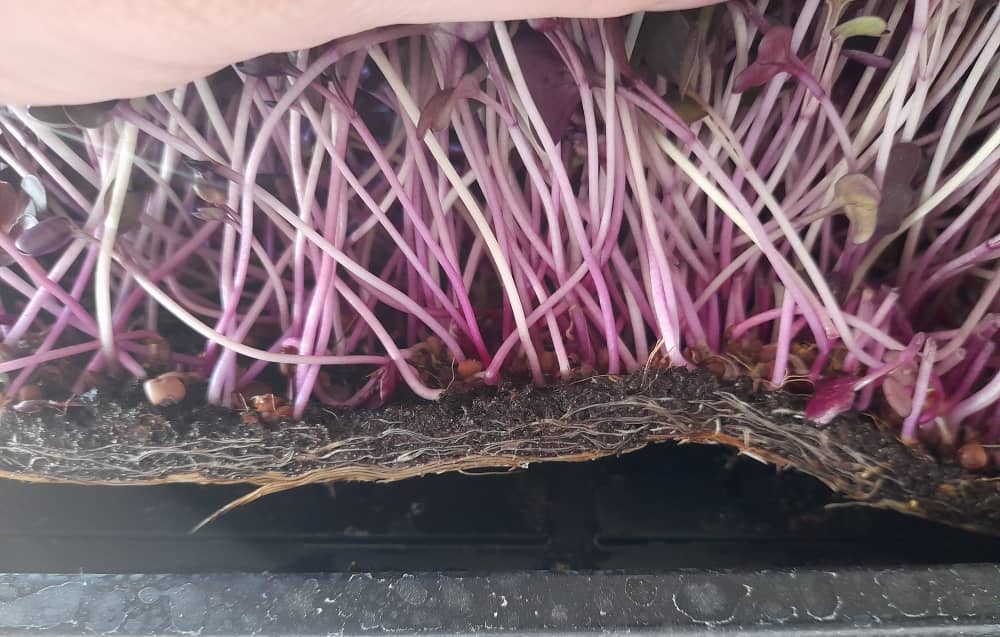
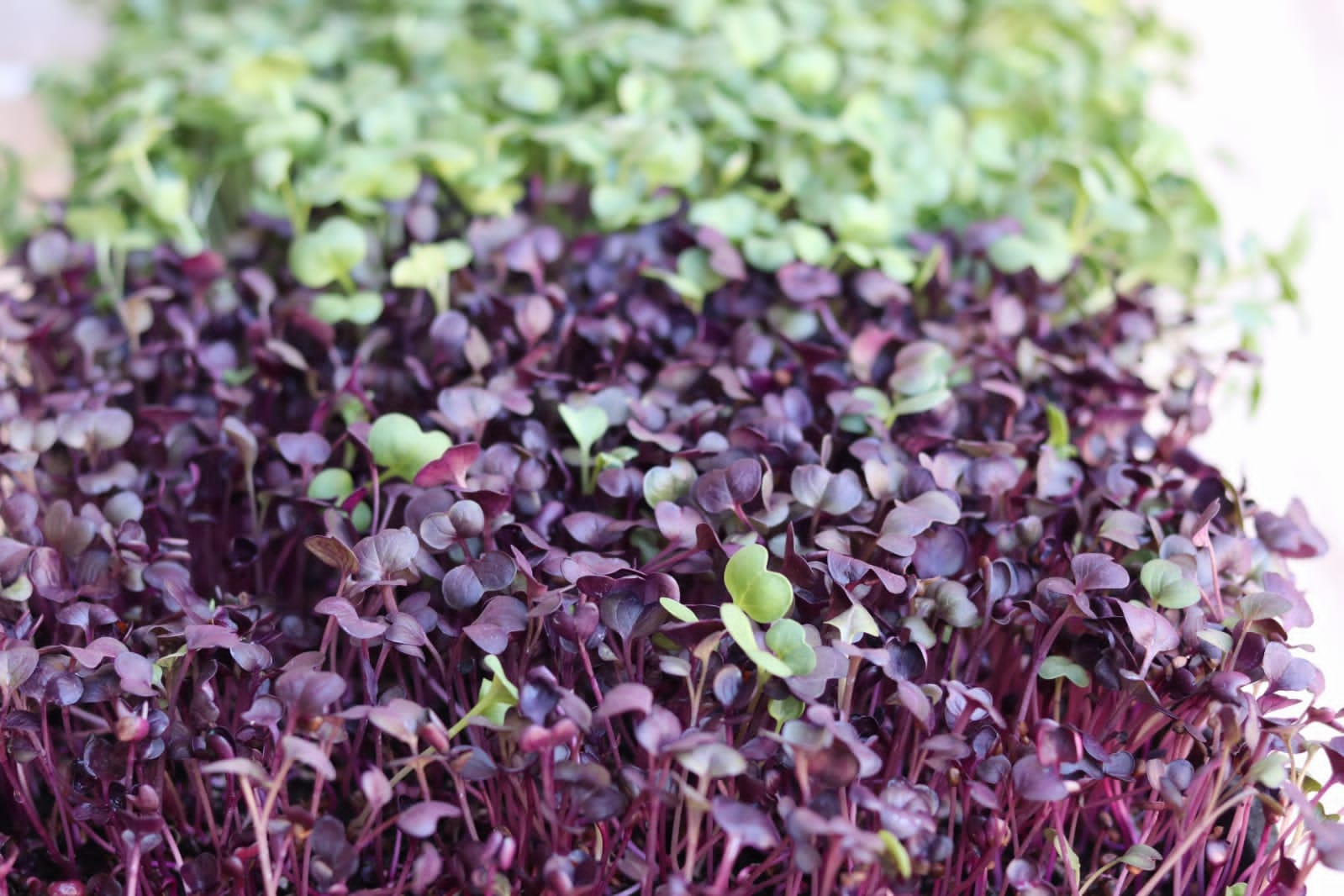

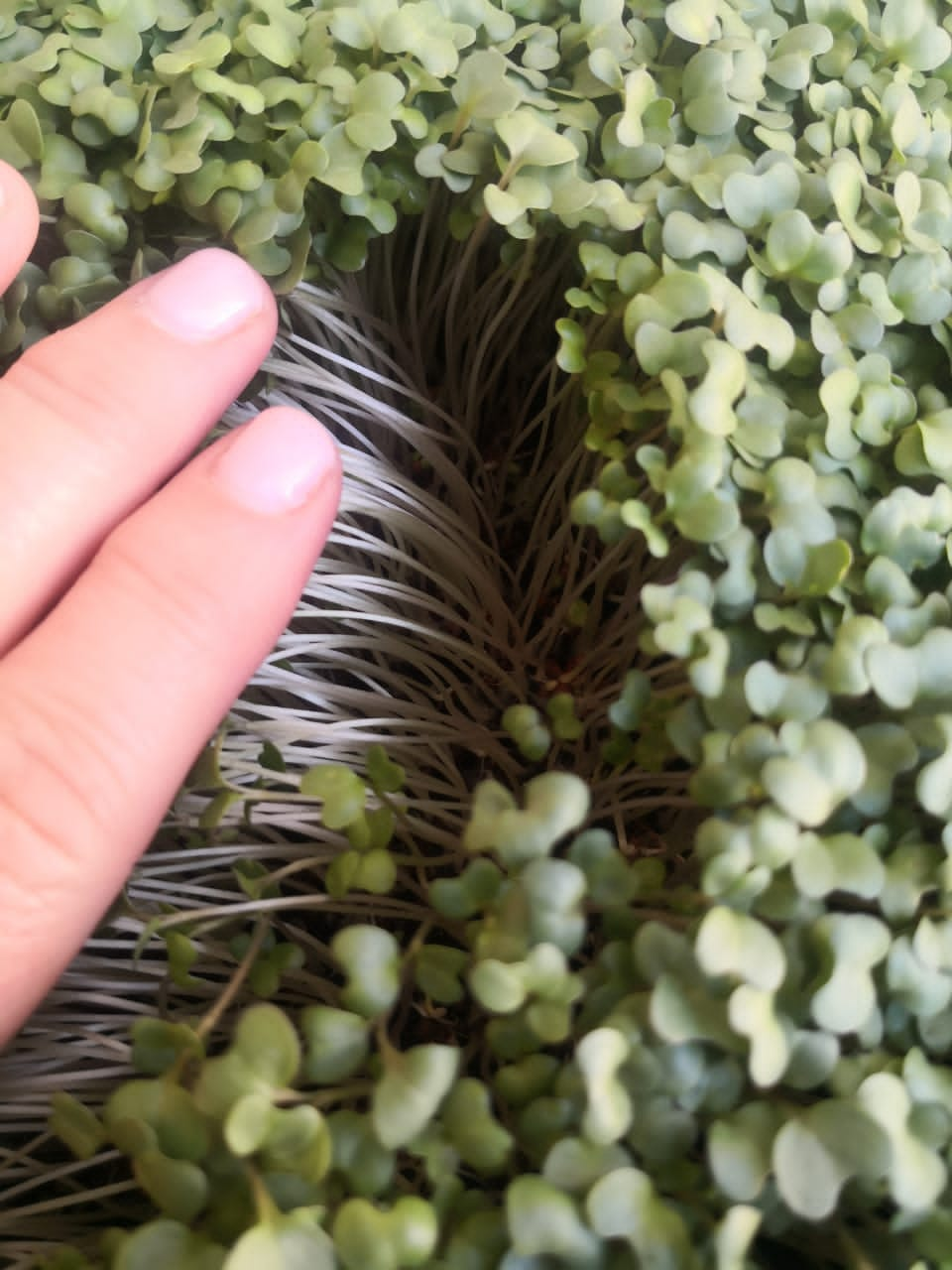



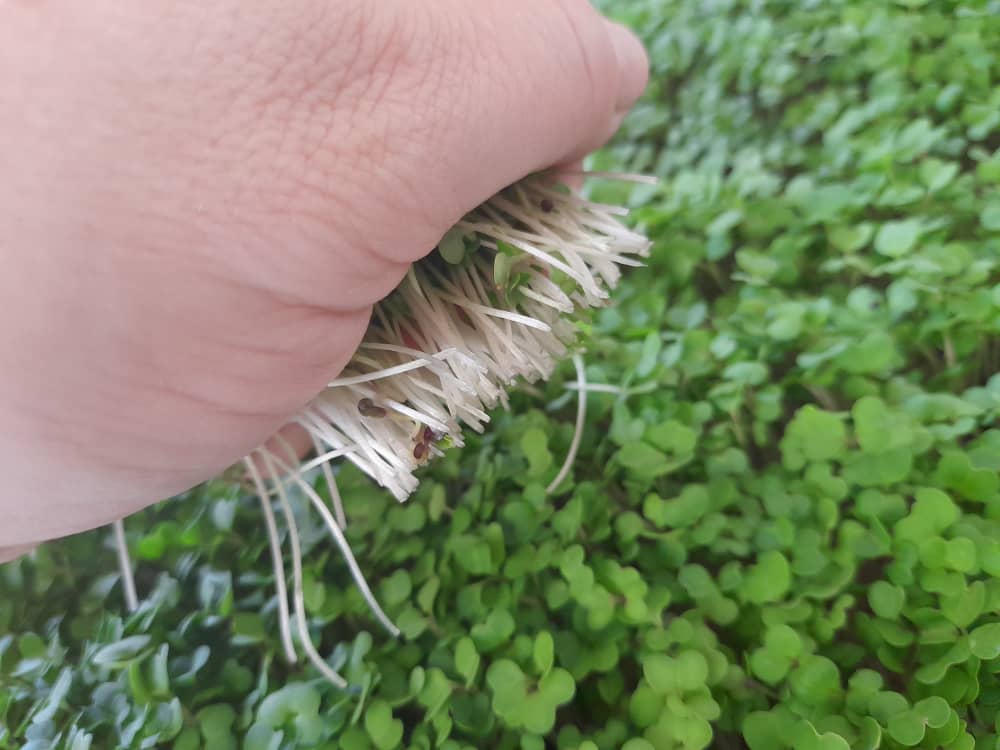
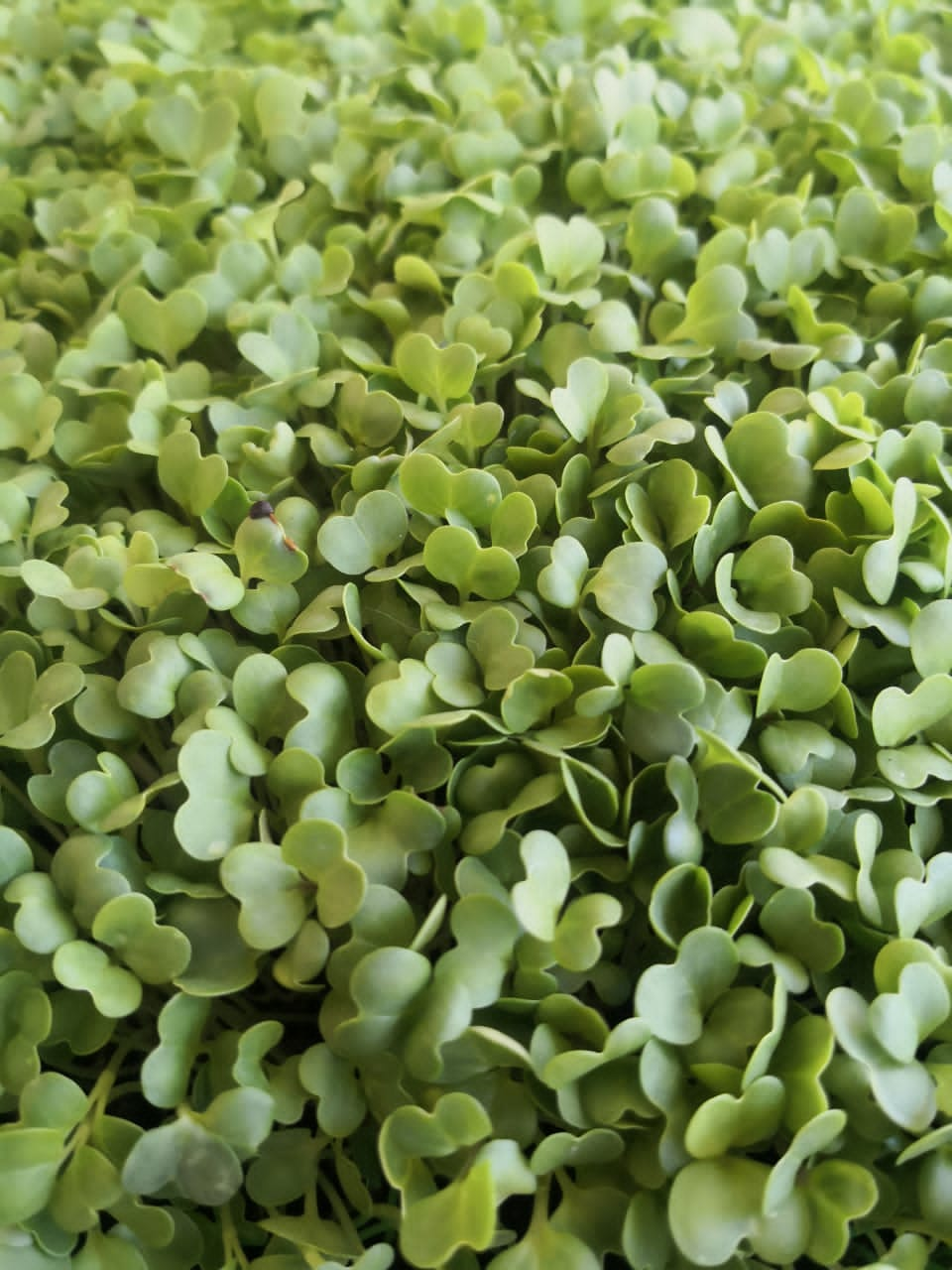
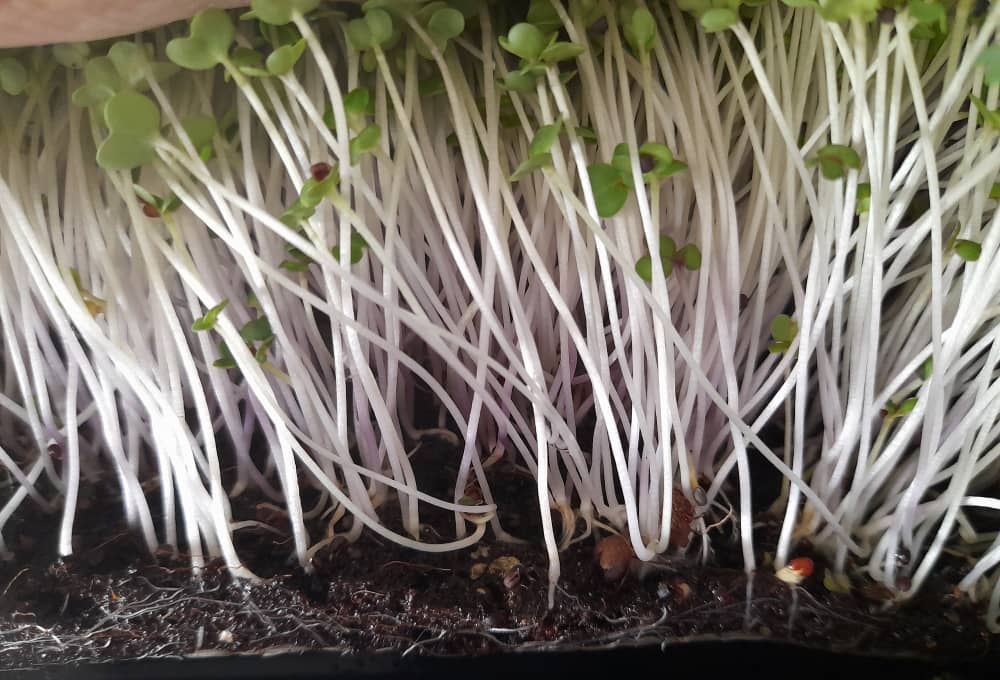


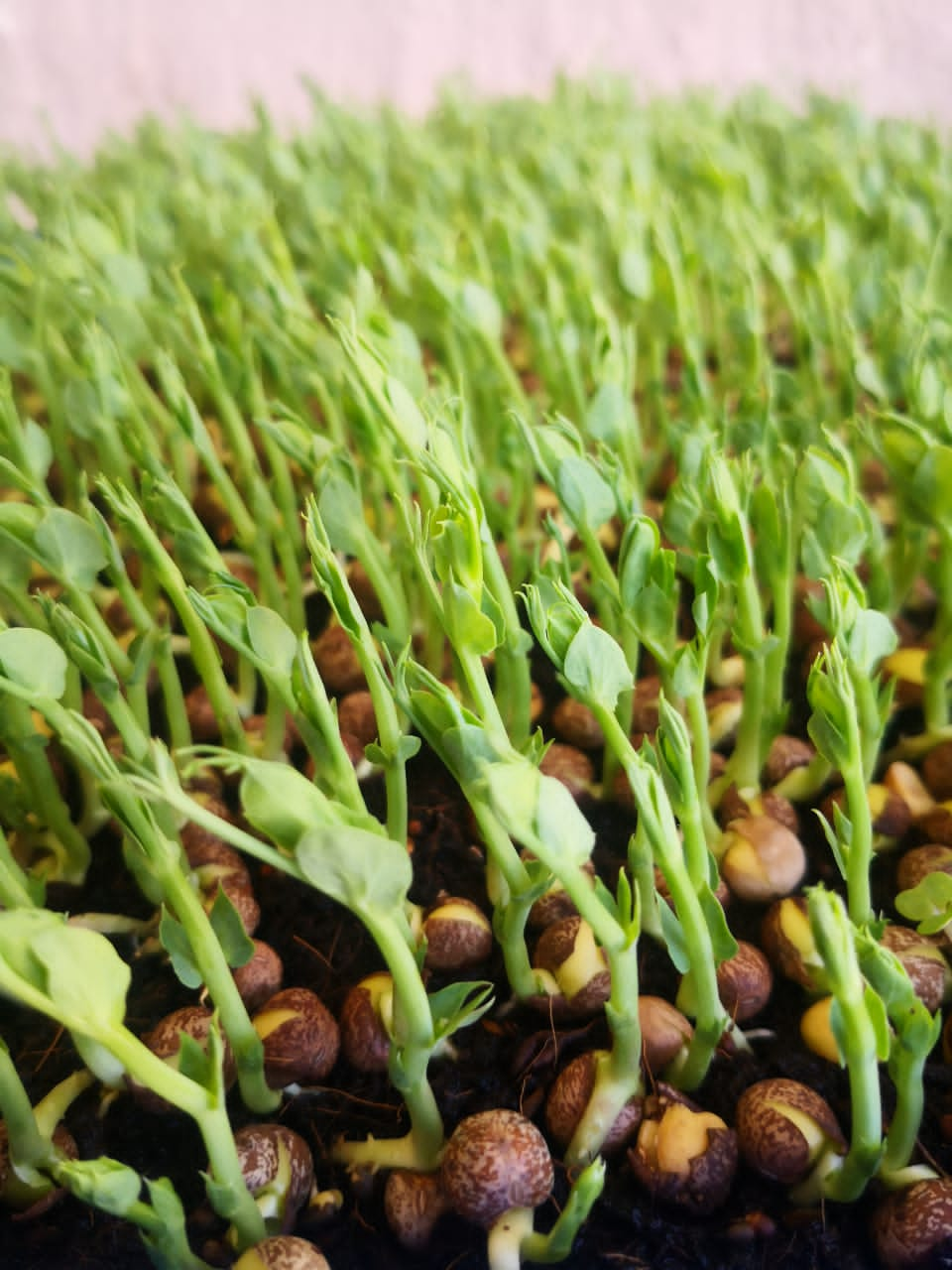
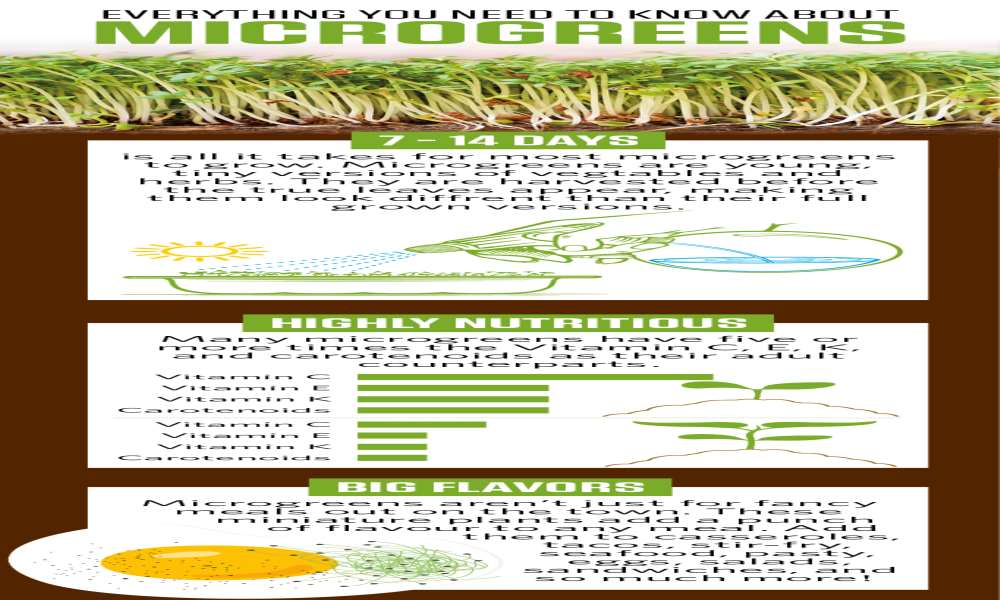

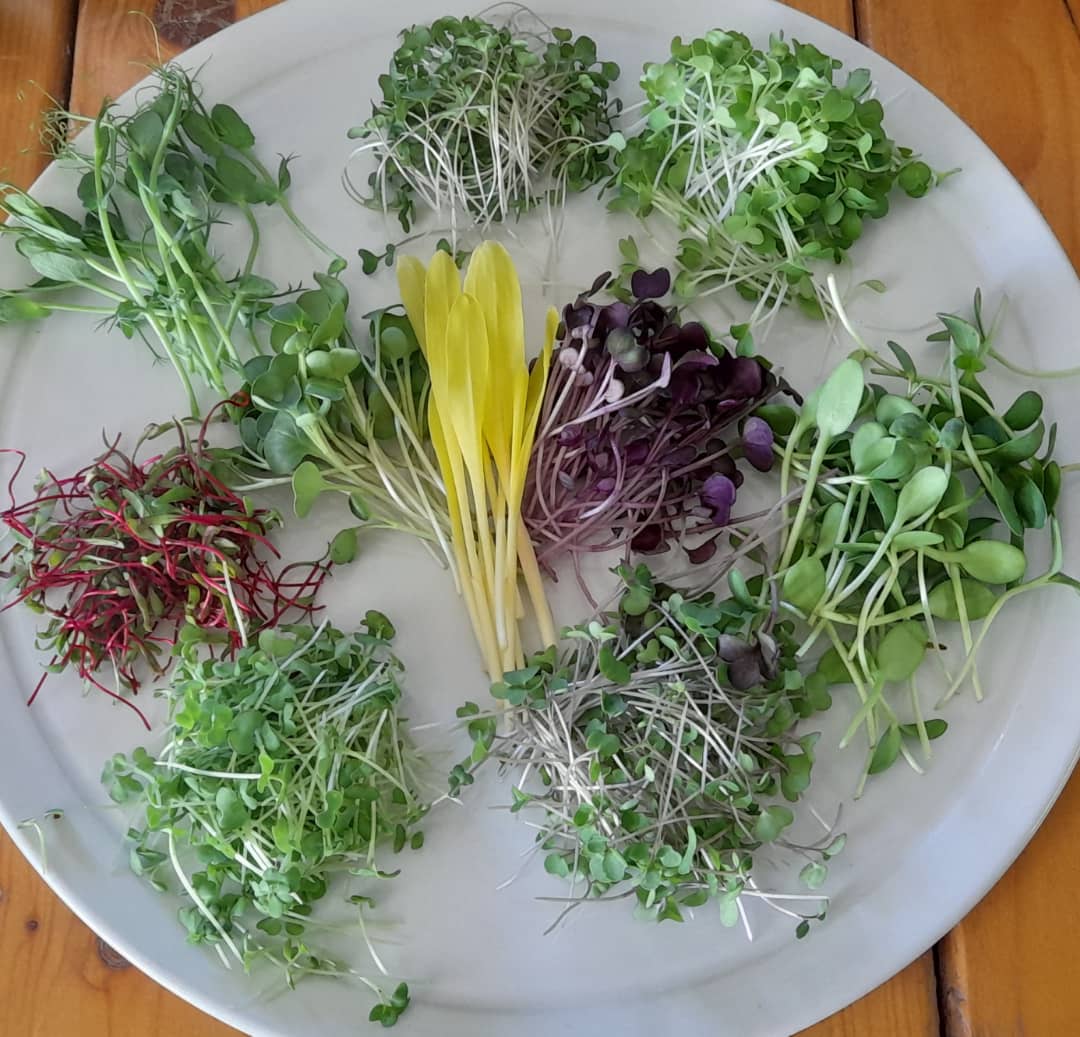


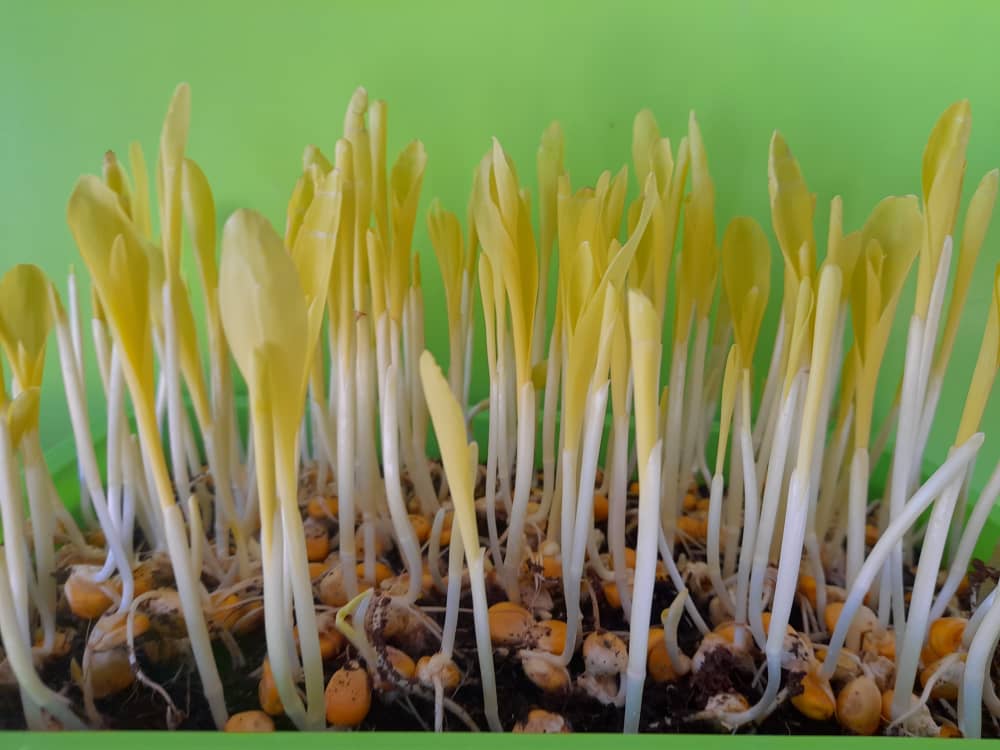
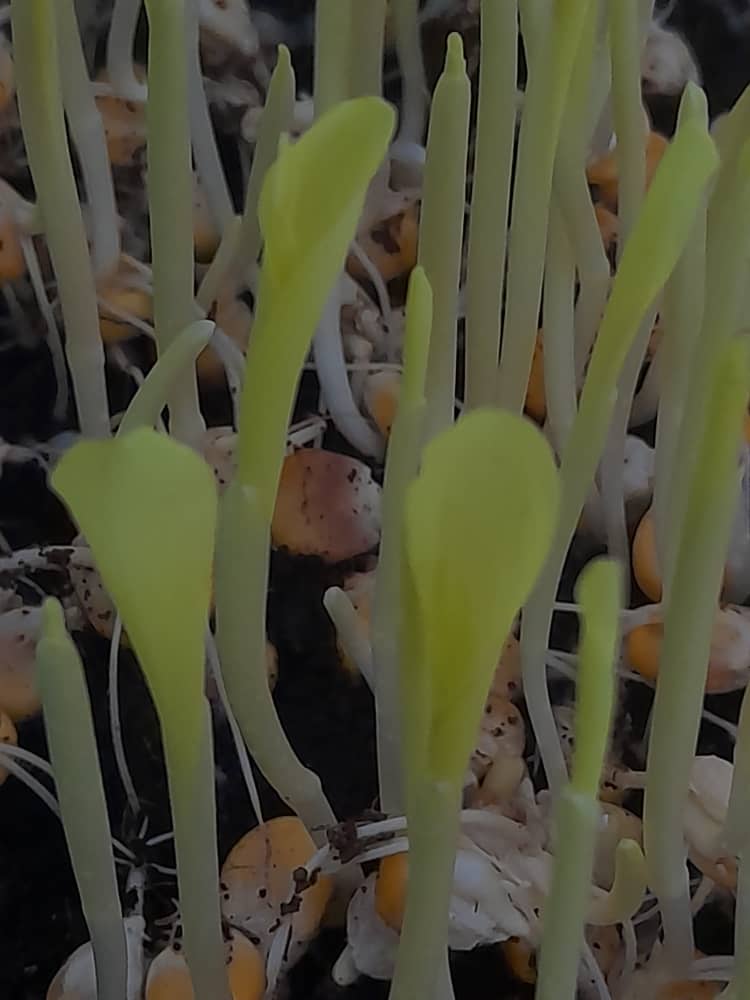

Comments
Namibian Sun
No comments have been left on this article